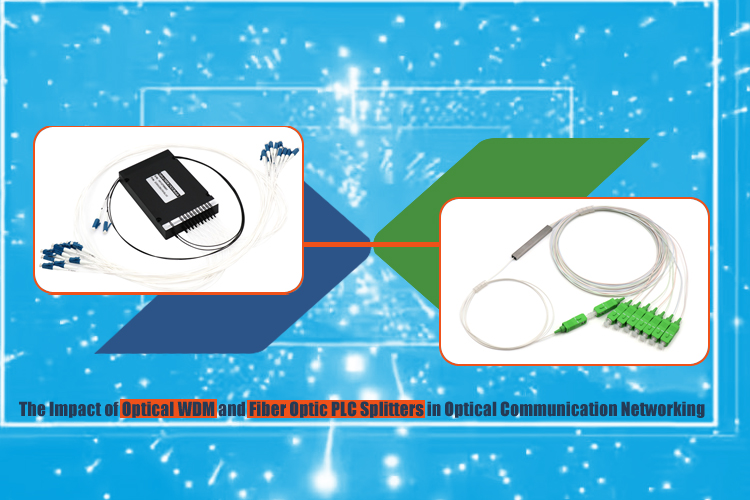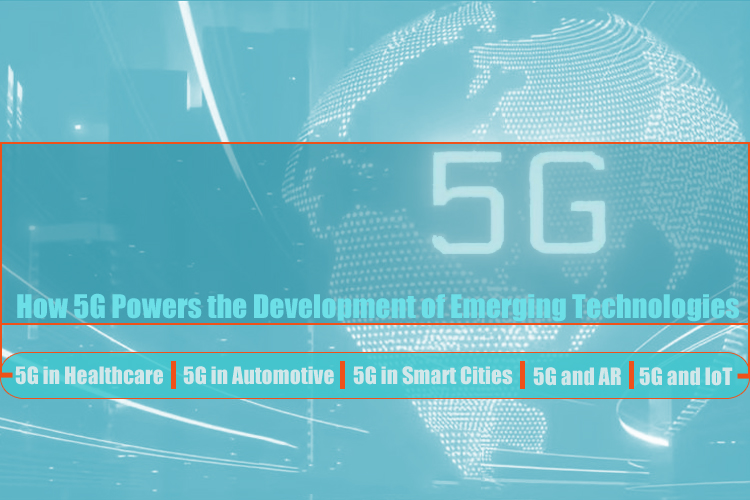
 The Fast Access Advantages and Application Fields of Fiber Optic Fast Connector in FTTH Networking
The Fast Access Advantages and Application Fields of Fiber Optic Fast Connector in FTTH Networking
 The Impact of Optical WDM and Fiber Optic PLC Splitters in Optical Communication Networking
The Impact of Optical WDM and Fiber Optic PLC Splitters in Optical Communication Networking
 Unlocking the Future: How 5G Powers the Development of Emerging Technologies
Unlocking the Future: How 5G Powers the Development of Emerging Technologies
 What opportunities and challenges does free-space optical communication technology face?
What opportunities and challenges does free-space optical communication technology face?